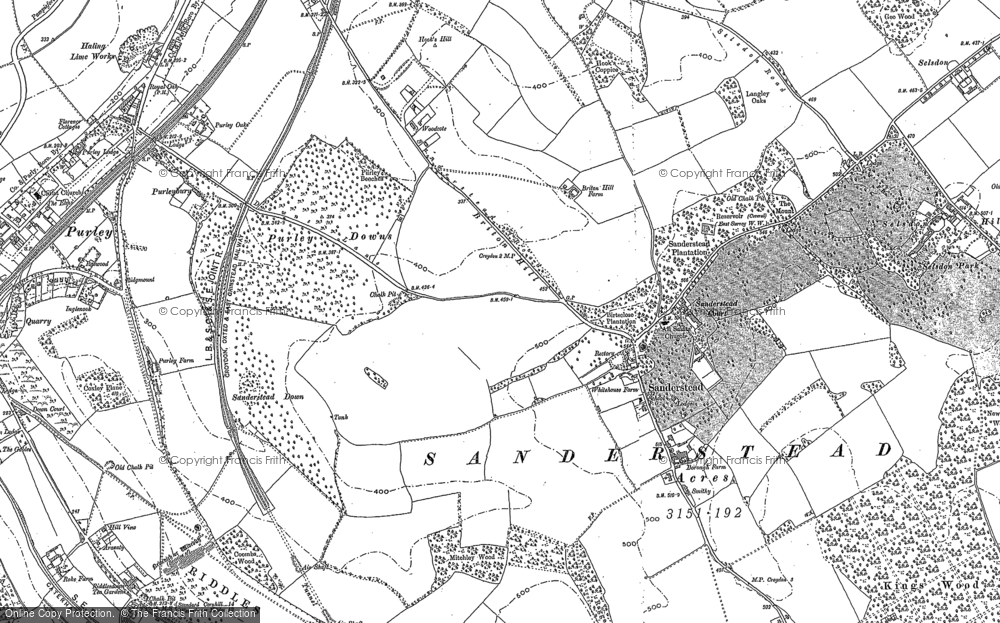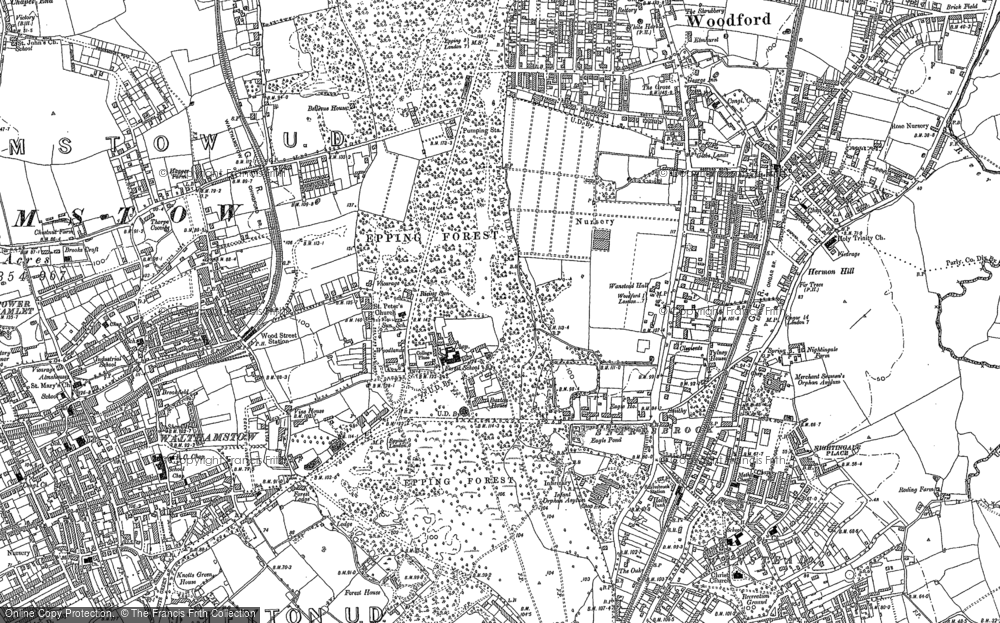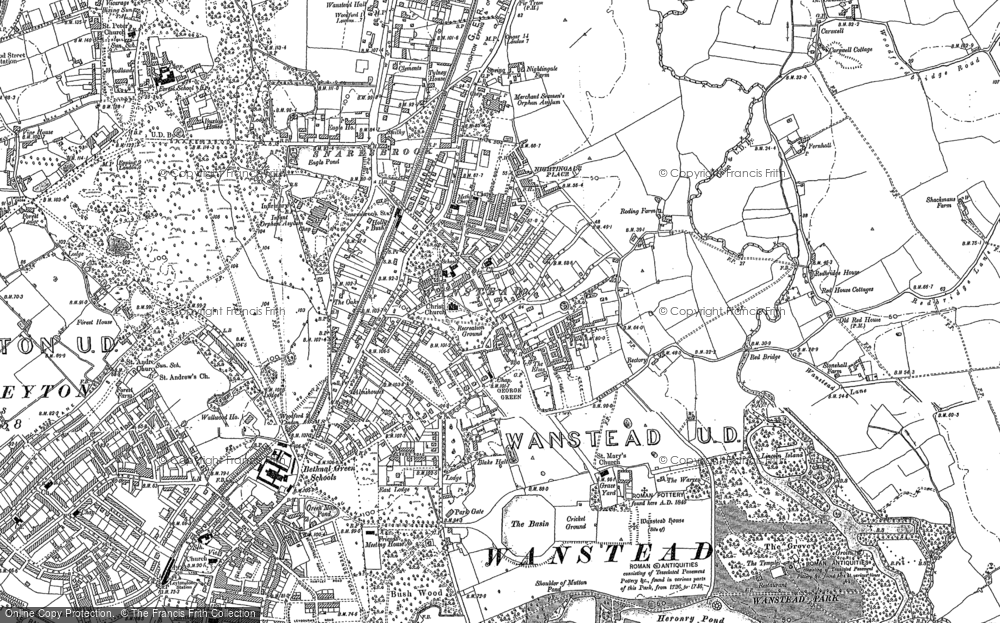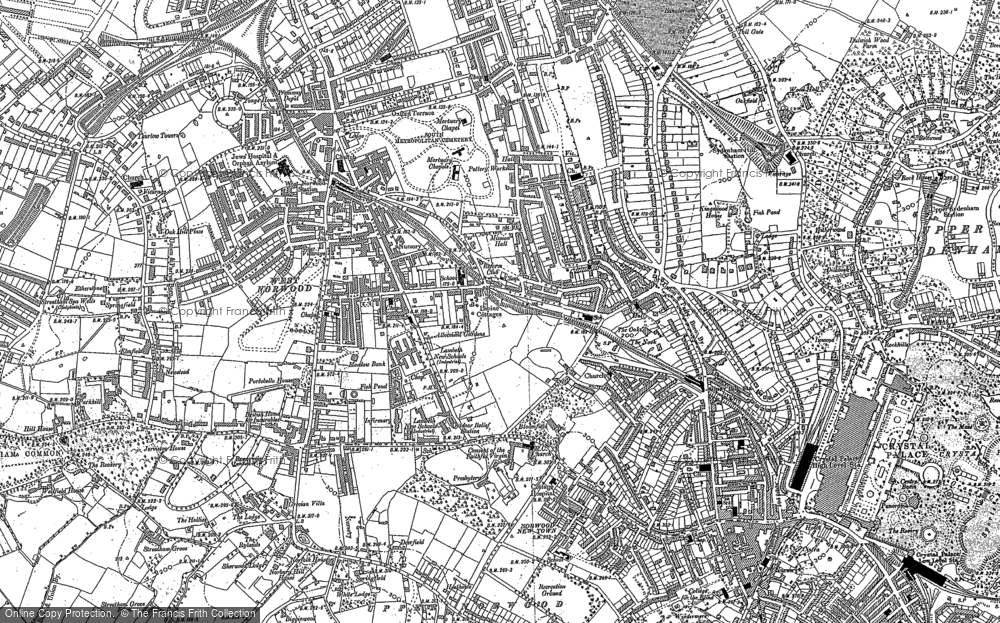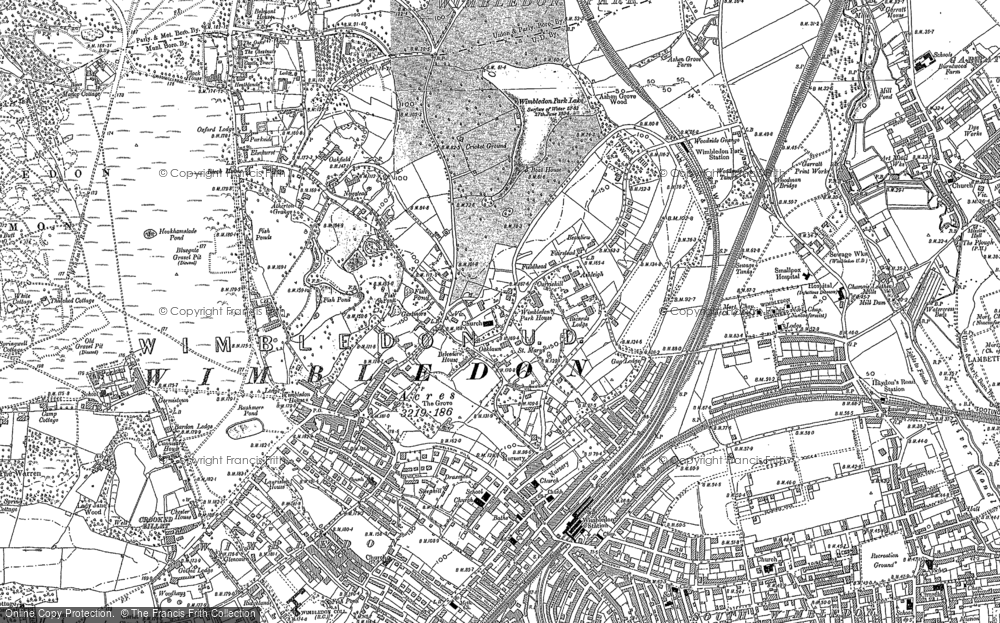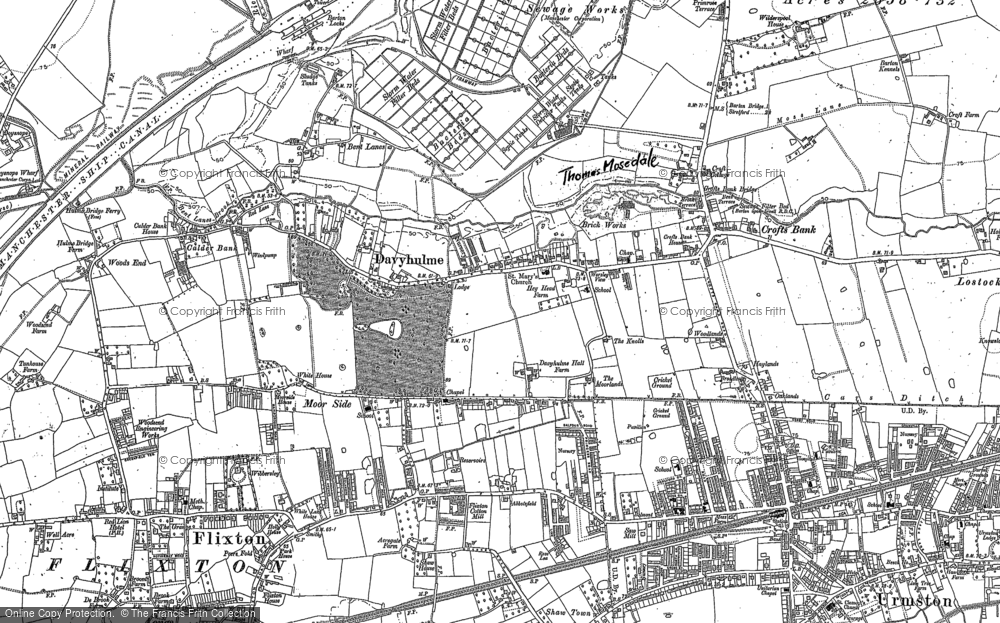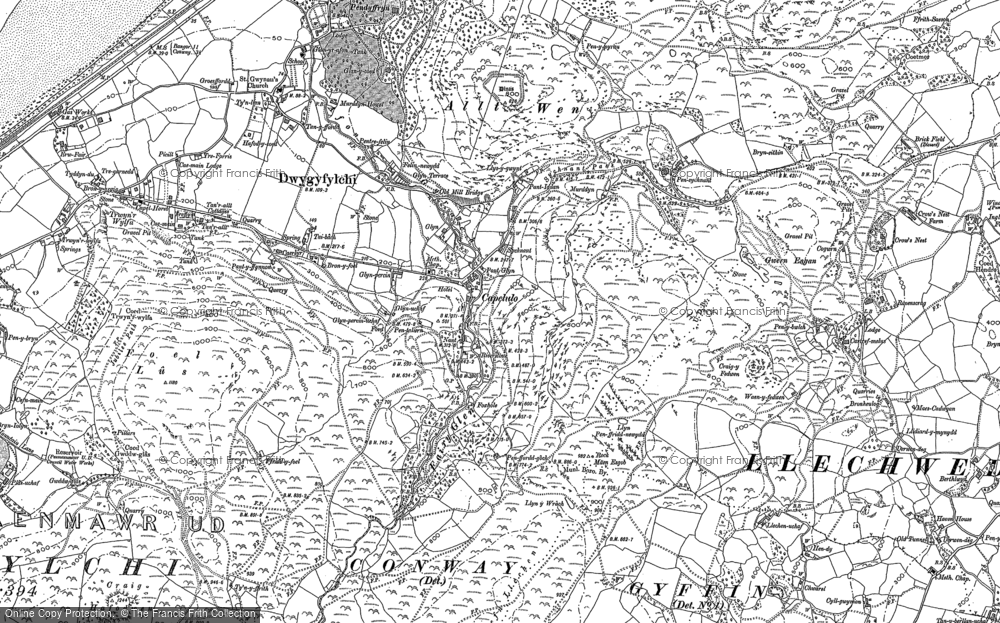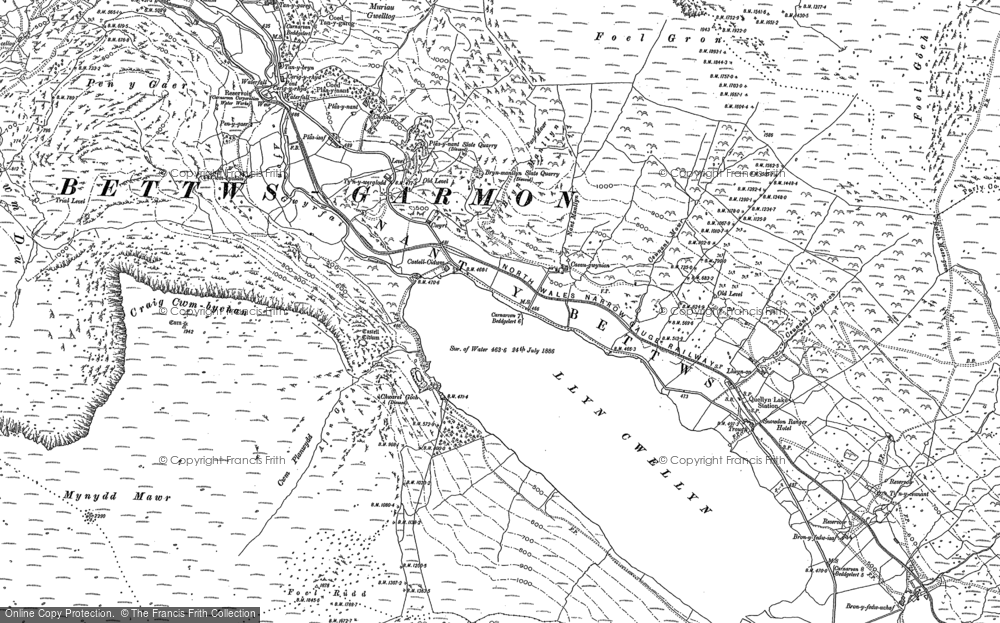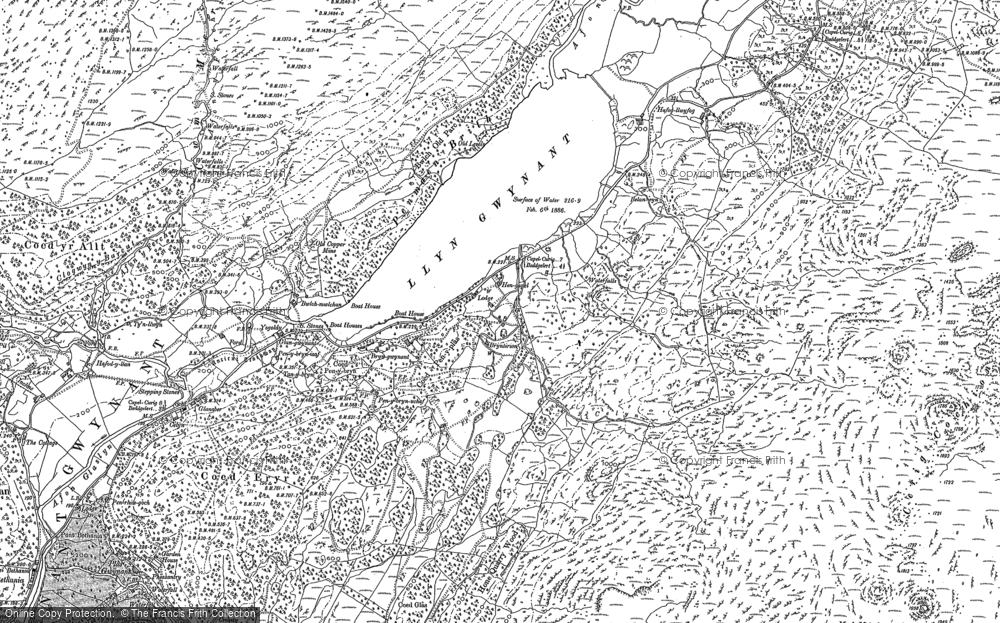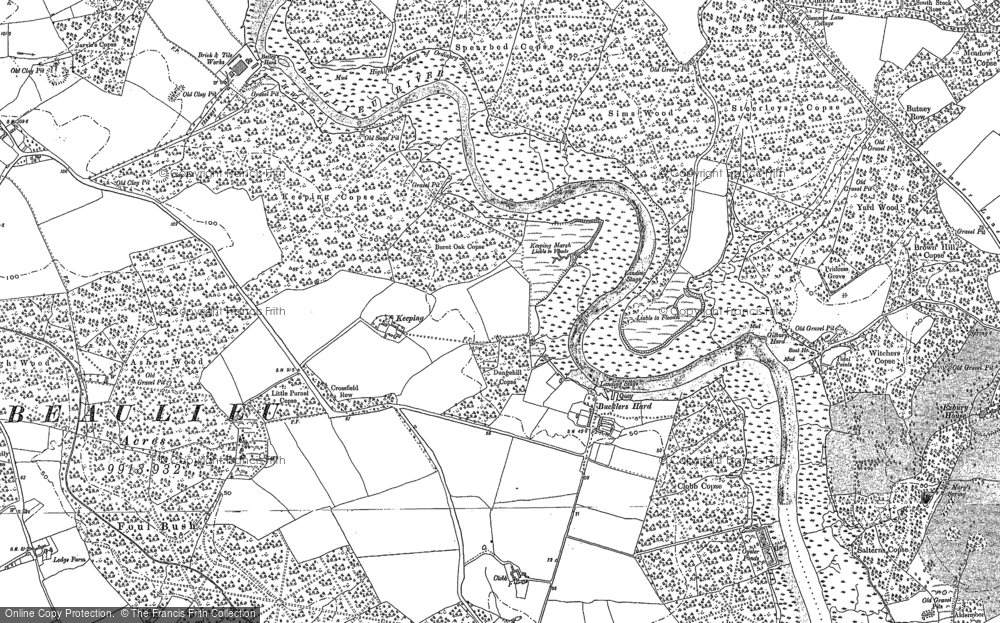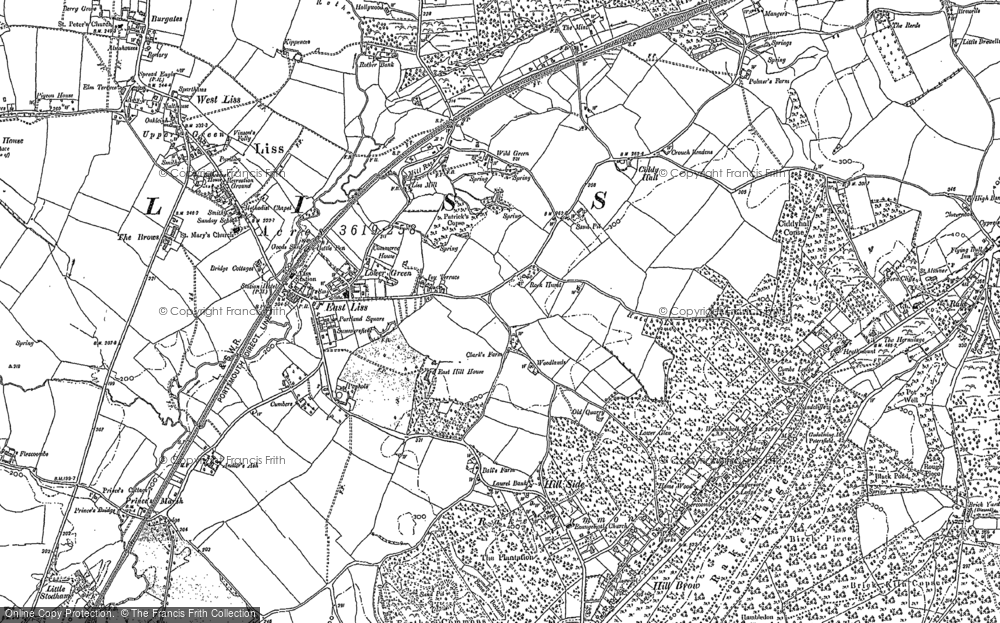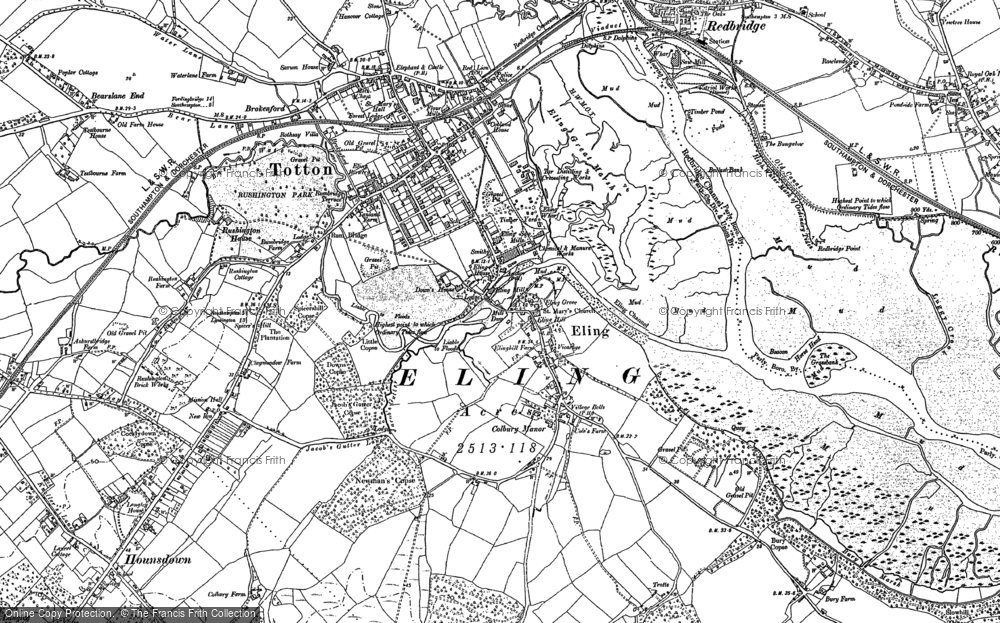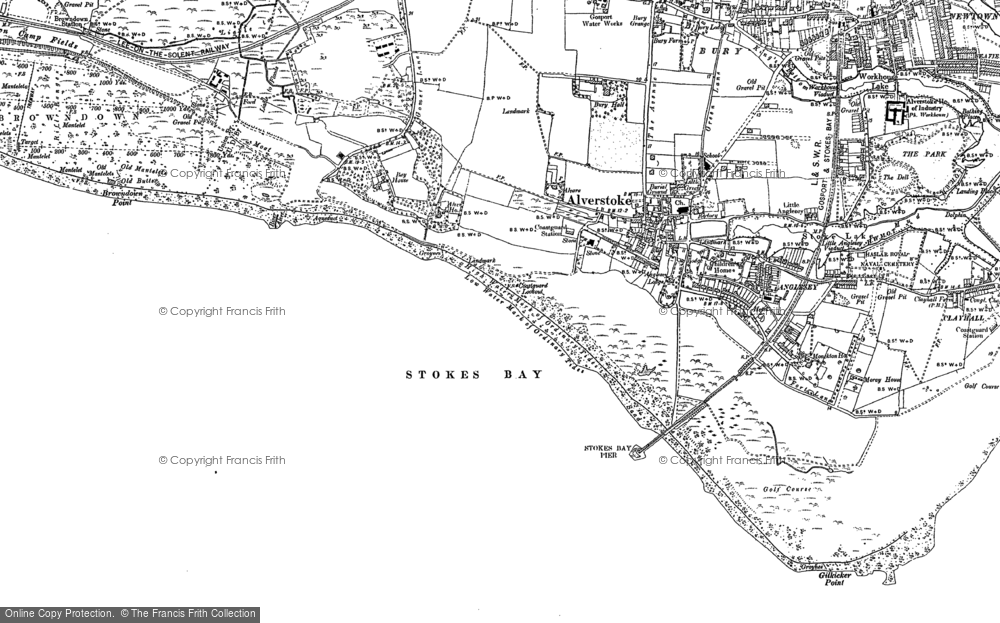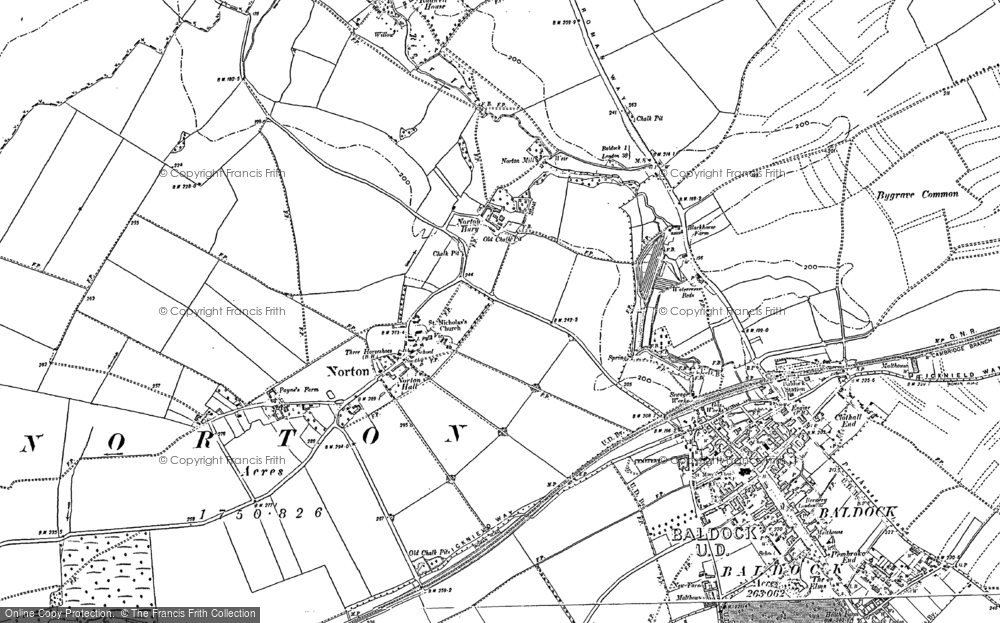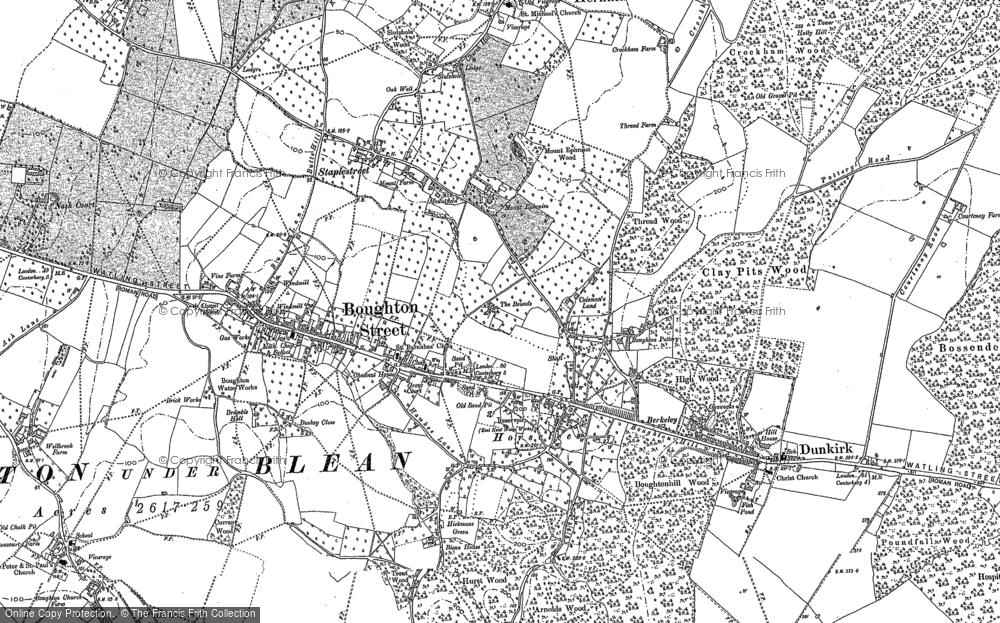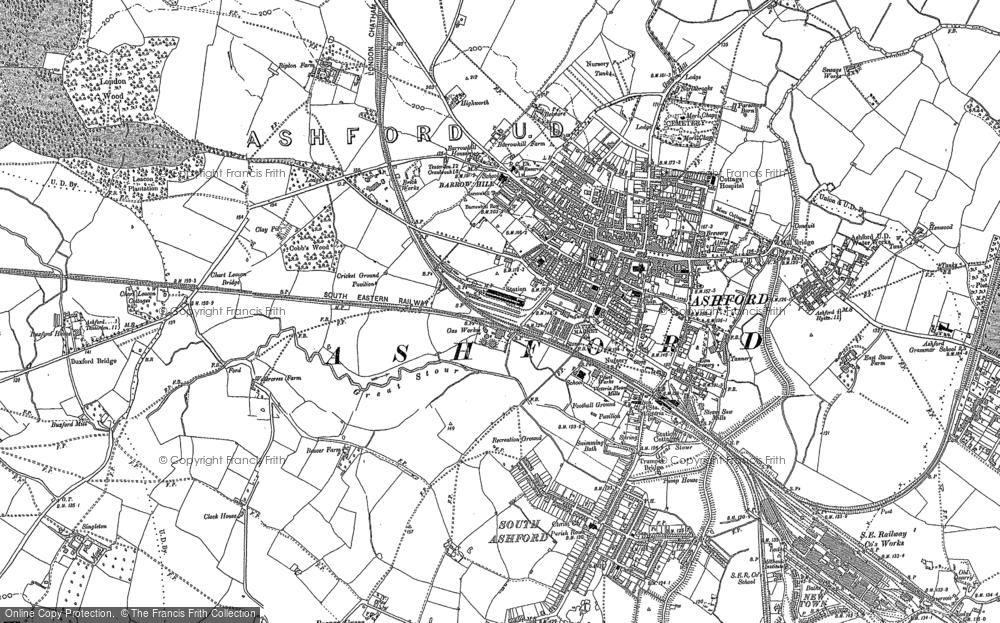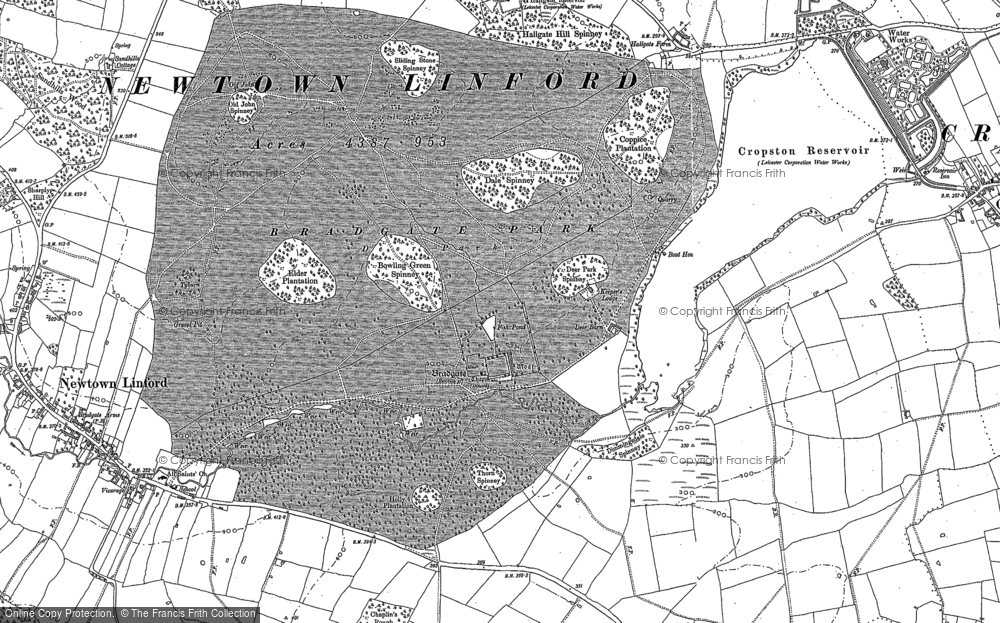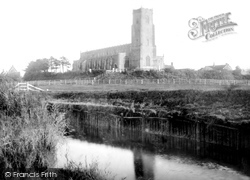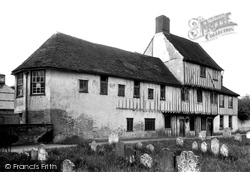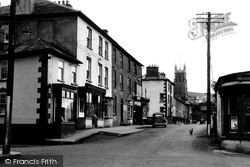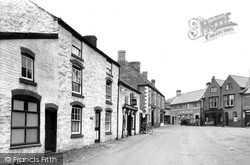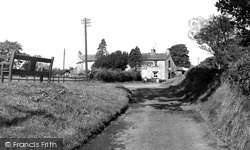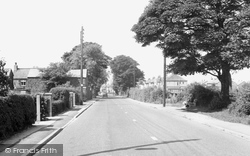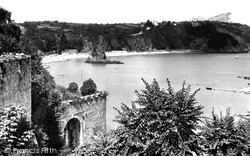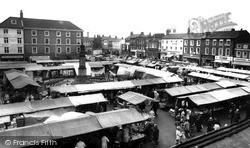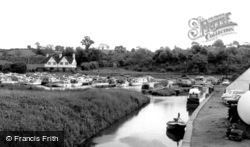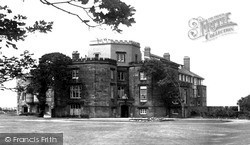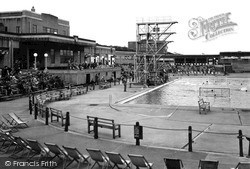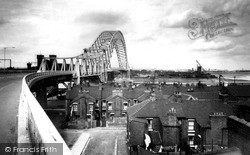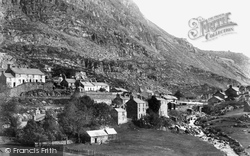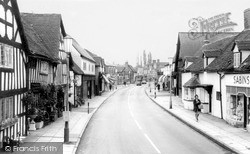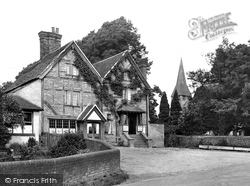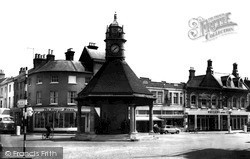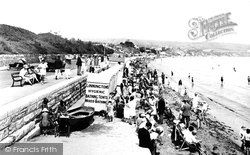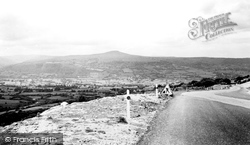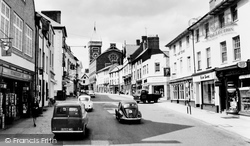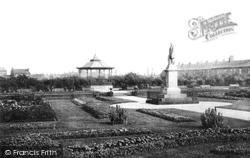Places
36 places found.
Those places high-lighted have photos. All locations may have maps, books and memories.
- Shanklin, Isle of Wight
- Ventnor, Isle of Wight
- Ryde, Isle of Wight
- Cowes, Isle of Wight
- Sandown, Isle of Wight
- Port of Ness, Western Isles
- London, Greater London
- Cambridge, Cambridgeshire
- Dublin, Republic of Ireland
- Killarney, Republic of Ireland
- Douglas, Isle of Man
- Plymouth, Devon
- Newport, Isle of Wight
- Southwold, Suffolk
- Bristol, Avon
- Lowestoft, Suffolk
- Cromer, Norfolk
- Edinburgh, Lothian
- Maldon, Essex
- Clacton-On-Sea, Essex
- Norwich, Norfolk
- Felixstowe, Suffolk
- Hitchin, Hertfordshire
- Stevenage, Hertfordshire
- Colchester, Essex
- Nottingham, Nottinghamshire
- Bedford, Bedfordshire
- Bury St Edmunds, Suffolk
- Aldeburgh, Suffolk
- St Albans, Hertfordshire
- Hunstanton, Norfolk
- Chelmsford, Essex
- Bishop's Stortford, Hertfordshire
- Peterborough, Cambridgeshire
- Brentwood, Essex
- Glengarriff, Republic of Ireland
Photos
9,106 photos found. Showing results 15,181 to 9,106.
Maps
181,006 maps found.
Books
11 books found. Showing results 18,217 to 11.
Memories
29,052 memories found. Showing results 7,591 to 7,600.
Cowie Village Between The Wars
Does anyone remember the McAteer's of Murdock Place or Sauchinford in Cowie, or the Bruce's, Judges or Kilmurry's associated with them.
A memory of Cowie in 1930 by
School House
My first memory is that my father's parents lived in the school house which is at the junction where the road forks to go into the village of Cumrew. William and Ann Thoburn, both born in 1878 and died in the 50’s. All of the boys ...Read more
A memory of Cumrew in 1952 by
Living In Horndon On The Hill
My name is Lee Struthers. I lived in Horndon back in the 1960s with my parents and sister at Alwin on Hilcrets Road, we moved to New Zealand in 1968. I have just been back for a visit, July 2010, went to the ...Read more
A memory of Horndon on the Hill in 1968 by
Big House And A Dalek!!
Its 1965 and I'm a 5 year old boy living in Tonbridge. Now, there was or still is a large white house almost opposite a green near to where there used to be a cinema. Can anyone else remember this house, what it was (children's ...Read more
A memory of Rusthall by
The Shops I Remember
I think the photo must have been taken in 1961 or 1962, as the "new" or "top" shops are there; the original parade from the 1930s are taller than the later ones which can be seen at the top of the hill. From left to right, ...Read more
A memory of Chelsfield in 1962 by
Up The Wood
We had no TVs, and there was not much on the radios so we made our own entertainment. One activity was playing up the local wood. We had two woods close to East Howle. One was called the Side Wood and the other was known as the Middle ...Read more
A memory of East Howle in 1950 by
Netley Football Club
I was born in Netley Abbey in 1962. My dad and uncle were joint managers of Netley F.C. who had their ground at the rec down by the waterfront. I was only 11 when my uncle died and 12 years old when my dad died so the memories I ...Read more
A memory of Netley in 1970 by
The Cowleys Of High Barnet
Dear Roland, How interesting - your memories of High Barnet. As far as I am aware - we were not related to the Sunderlands of Hadley. The Cowley family who lived in Cockfosters, would most probably be my Uncle ...Read more
A memory of High Barnet in 1940 by
Our First Visit To Eyam
My husband's family comes from the Derby area. Our son is very proud of his Derbyshire roots, and sought to buy a house close to Derby yet - if possble - in a village in the Peak District. He and his wife spent many days and ...Read more
A memory of Eyam by
Living With My Grandparents
I too remember Nelson very well. I was sent to live with my grandparents in Nelson when I was 3 years old. My grandfather owned the garage/cycle shop at 2 Dynevor Terrace. His name was Tom Bowen. I can ...Read more
A memory of Nelson in 1940 by
Your search returned a large number of results. Please try to refine your search further.
Captions
29,158 captions found. Showing results 18,217 to 18,240.
The church, situated on high ground above the river Blyth, is known locally as 'the Cathedral of the Marshes'.
It was later partly under-built in brick, hence the loss of the jetty. The ground floor was used as almshouses. The right-hand extension is 18th-century, and was part of the Grammar School.
This scene suggests that before the advent of modern tourism there was little to disturb the peace, and a dog could safely wander the streets without fear of traffic.
The cyclist outside the café on the left may wonder what the photographer is doing, but there is probably little else to grab his attention on a normal day here.
The café is in the building at the top of the lane, with a post office and grocer's under the signs.
In Dawber's Lane the craft of wattle and daub for cruck-built cottages was carried on, but Runshaw Lane has few signs of antiquity today.
However, there is no blackening of the ceiling, and indeed at the time of its completion local fishing was in decline.
The church is to the west of the village, adjacent to the entrance to Wrentham Hall.
The tour now reaches the northern part of the county, perhaps the least visited part of Nottinghamshire. The largest towns are Worksop and East Retford – Worksop was covered in Chapter 4.
The line of bushes and trees in the middle distance hide the embankment of the railway line, which ran from Weedon through Daventry to Leamington.
Built in 1592 for Ferdinand, 5th Earl of Derby, to enable him to watch horse-racing on the sands at Meols, Leasowe Castle was converted into a hotel in 1982.
Opened in 1934, the bathing pool was one of the largest in the world and capable of holding 4,000 swimmers and 20,000 spectators.
In this area the canal was used for the transportation of fustian, a form of rough cotton known as 'poor man's velvet' that was produced locally.
The latter was constructed in 1905, and was one of only three of its type in the country. In its first year it carried 187,000 passengers.
The Welsh slate industry developed in the heart of the mountains, and this resulted in settlements in some very bleak and exposed places.
The clock on Botley's Market Hall is still a familiar landmark in the High Street. Just this side of it can be seen the premises of Botley Garages, now a sports shop and a hairdresser's.
Knowle, one mile south-east of Solihull, contains several interesting old buildings, including the medieval Chester House, and the heavily restored 17th-century Red Lion.
Medrose is a small hamlet within the famous slate-quarrying village of Delabole, down a lane off the main street.
To the south of the village, brick making has been an important local industry.
Many of the shops seen in this picture have gone or changed hands.
At the turn of the century they were for 'Ladies Only' and protected the privacy of users by being pushed to the water on wheels.
The view from the 1833ft summit of the Blorenge is one of the most spectacular in Wales; but the road that crosses the mountain from Blaenavon to Govilon and Llanfoist is fairly narrow and steeply sided
On the other side of the road the Great George has its familiar and rather curious two-sided sign - it has George Bernard Shaw and George Washington on it.
Councillor Edward Taylor and Alderman George Leach Ashworth, who was twice mayor of Rochdale, were largely responsible for acquiring the 16 acres that form the park.
Places (6814)
Photos (9106)
Memories (29052)
Books (11)
Maps (181006)




